A few blogs back I talked about low shutter speed photography done by moving the camera while the shutter was open. In this blog I show movement through images in which the camera remains stationary.
I enjoy taking photos of waterfalls using as low a shutter speed as possible. Usually I’ll do this by setting my aperture as small as possible (f\22), my ISO as low as possible (100), and by adding a neutral density filter or polarizing filter to the front of the lens to limit the amount of light hitting the sensor. A smooth look to the waterfall happens as a result. Typical shutter speeds during daytime will be between 1/4 second and several seconds.
Here are a few photos showing this effect. The first waterfall photo was taken at Kanarra Creek, UT. The second photo was taken in Havasupai, AZ. The third image was taken in Yellowstone NP.
Fireworks are also fun to shoot. Typical shutter speeds when I do this photography will run between several seconds and 10 seconds. I tend to use ISO 100 and F\11.
This photo was taken while I was on the top of Tikaboo Peak, NV on July 3, 2007. I had to stay as still as possible while moving a sparkler in order to get the shot.
For a thirty second exposure I walked around with a sparkler near the edges of this vehicle. The sparkler catches on film due to its high light output while I do not.
Here are additional fireworks photos:
Star trails usually require shutters to be open for long periods of time. Manual mode and “bulb” setting is required. These types of shots require a bit of time and trial and error. I won’t go into detail into how these images are done but there are plenty of websites floating around out there that discuss this topic.
The following photos were taken at Valley of Fire SP in NV and Lost Dutchman SP in AZ.
The photo below was taken during a lightening storm at twilight. By keeping the shutter open for 30 seconds at a time I was able to catch some of the lightning when it came.
Physiograms like the ones below are pretty easy to create. They require a Maglight flashlight, colored plastic filters, and string. At night I hang a flashlight from a ceiling using the string. The camera is placed on the floor under the flashlight with about three feet of separation. The camera is set to bulb, manual focus is set to the distance of the flashlight, and aperture is placed between f\18 and f\22. After the string is set moving the shutter is opened. Most of my physiograms have the shutter opened for between 1 and three minutes. Colored filters placed on the camera lens allow for different light colors.






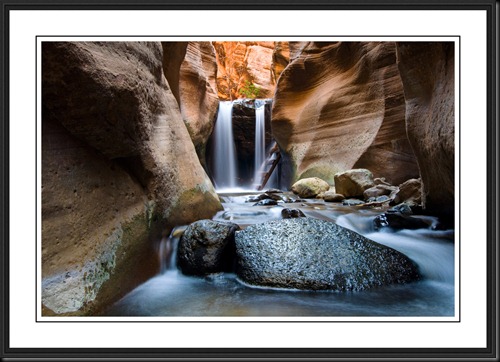
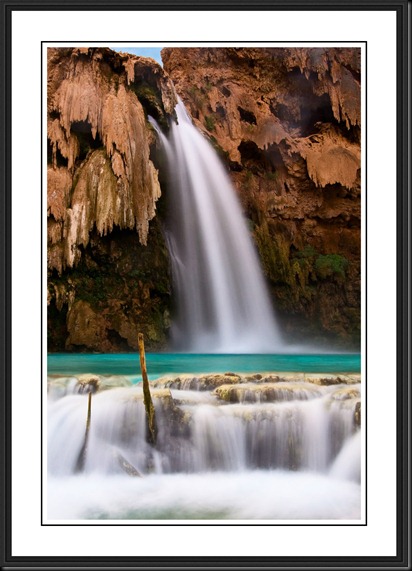
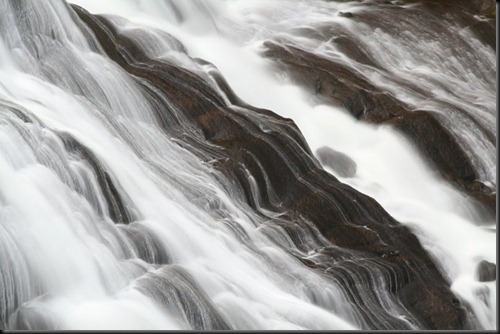
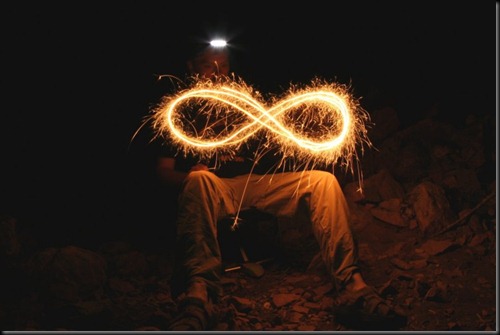
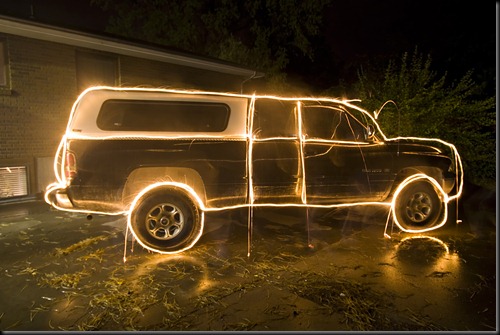
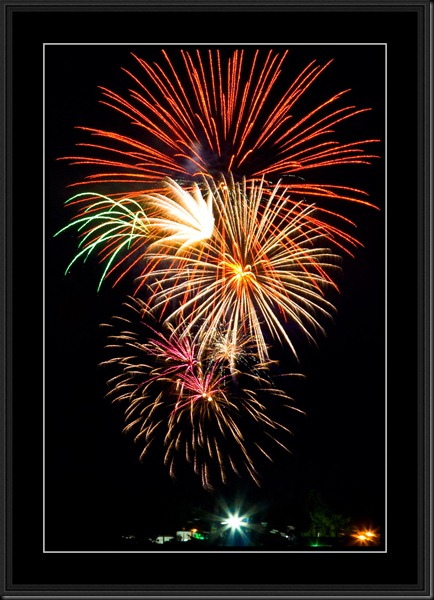
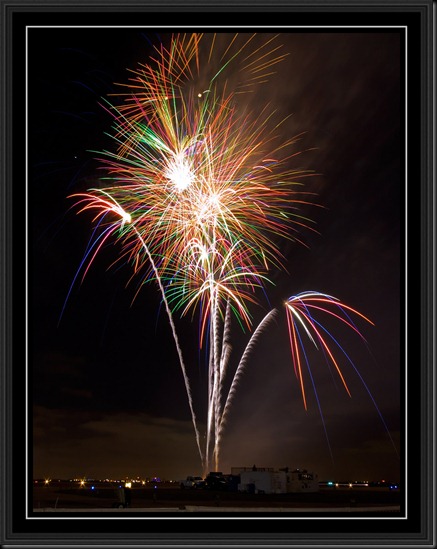
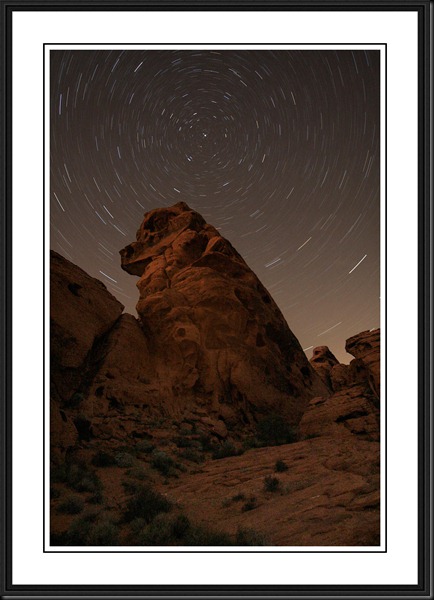
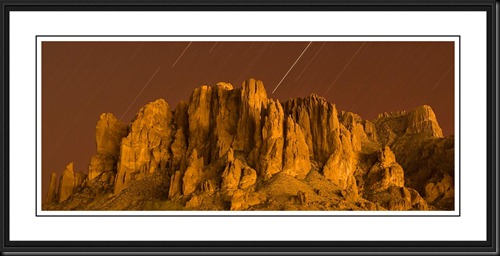
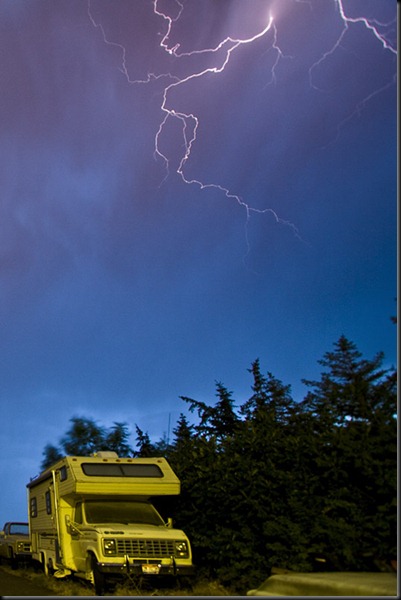
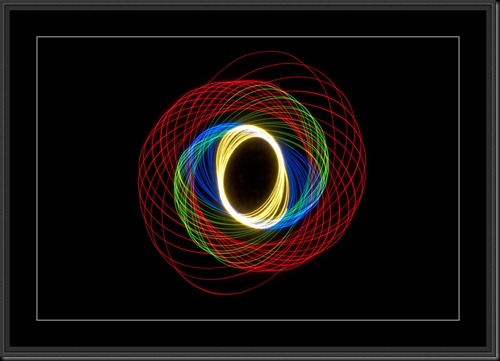
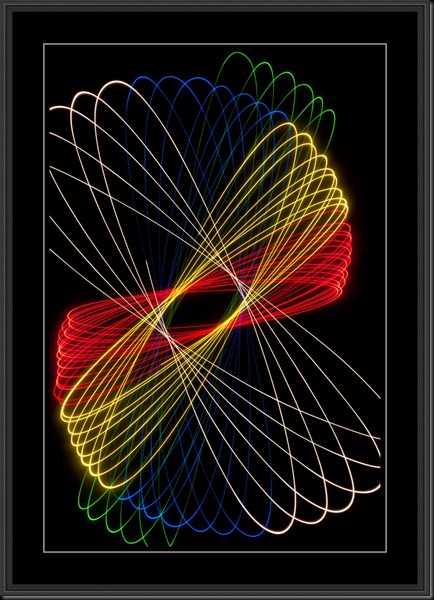
 Prev Post
Prev Post Next Post
Next Post 
0 Tags: camera movement stationary waterfalls fireworks star trails physiograms PerspectX photography
Comments